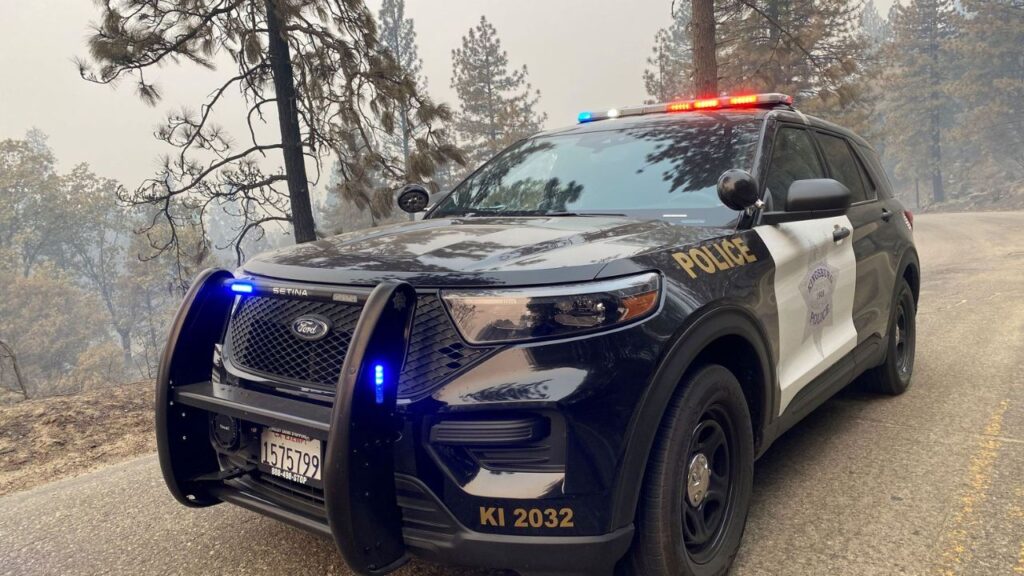A citizenship candidate holds a flag during the U.S. Citizenship and Immigration Services (USCIS) naturalization ceremony at Rockefeller Plaza in New York City, Sept. 17, 2019. (Reuters/Shannon Stapleton)
Share
|
Getting your Trinity Audio player ready...
|
SAN FRANCISCO/WASHINGTON — The Trump administration said on Friday it would ask companies to pay $100,000 per year for H-1B worker visas, potentially dealing a big blow to the technology sector that relies heavily on skilled workers from India and China.
Since taking office in January, Trump has kicked off a wide-ranging immigration crackdown, including moves to limit some forms of legal immigration. The step to reshape the H-1B visa program represents his administration’s most high-profile effort yet to rework temporary employment visas.
“If you’re going to train somebody, you’re going to train one of the recent graduates from one of the great universities across our land. Train Americans. Stop bringing in people to take our jobs,” U.S. Commerce Secretary Howard Lutnick said.
Trump’s threat to crack down on H1-B visas has become a major flashpoint with the tech industry, which contributed millions of dollars to his presidential campaign.
Critics of the program, including many U.S. technology workers, argue that it allows firms to suppress wages and sideline Americans who could do the jobs. Supporters, including Tesla CEO and former Trump ally Elon Musk, say it brings in highly skilled workers essential to filling talent gaps and keeping firms competitive. Musk, himself a naturalized U.S. citizen born in South Africa, has held an H-1B visa.
Move Could Deter Global Talent
Adding new fees “creates disincentive to attract the world’s smartest talent to the U.S.,” said Deedy Das, partner at venture capital firm Menlo Ventures, on X. “If the U.S. ceases to attract the best talent, it drastically reduces its ability to innovate and grow the economy.”
The move could add millions of dollars in costs for companies, which could hit smaller tech firms and start-ups particularly hard.
Reuters was not immediately able to establish how the fee would be administered. Lutnick said the visa would cost $100,000 a year for each of the three years of its duration but that the details were “still being considered.”
Some analysts suggested the fee may force companies to move some high-value work overseas, hampering America’s position in the high-stakes artificial intelligence race with China.
“In the short term, Washington may collect a windfall; in the long term, the U.S. risks taxing away its innovation edge, trading dynamism for short-sighted protectionism,” said eMarketer analyst Jeremy Goldman.
Roughly two-thirds of jobs secured through the H1-B program are computer-related, government figures show, but employers also use the visa to bring in engineers, educators and healthcare workers.
India Accounts for Most H-1B Visas
India was the largest beneficiary of H-1B visas last year, accounting for 71% of approved beneficiaries, while China was a distant second at 11.7%, according to government data.
In the first half of 2025, Amazon.com and its cloud-computing unit, AWS, had received approval for more than 12,000 H-1B visas, while Microsoft and Meta Platforms had over 5,000 H-1B visa approvals each.
Lutnick said on Friday that “all the big companies are on board” with $100,000 a year for H1-B visas.
“We’ve spoken to them,” he said.
Many large U.S. tech, banking and consulting companies declined to comment or did not immediately respond to requests for comment. The Indian embassy in Washington and the Chinese Consulate General in New York also did not immediately respond to requests for comment.
Shares of Cognizant Technology Solutions, an IT services company that relies extensively on H-1B visa holders, closed down nearly 5%. U.S.-listed shares of Indian tech firms Infosys and Wipro closed between 2% and 5% lower.
Immigration Crackdown
Aaron Reichlin-Melnick, policy director of the American Immigration Council, questioned the legality of the new fees. “Congress has only authorized the government to set fees to recover the cost of adjudicating an application,” he said on Bluesky.
The H-1B program offers 65,000 visas annually to employers, bringing in temporary foreign workers in specialized fields, with another 20,000 visas for workers with advanced degrees.
Under the current system, entering the lottery for the visa requires a small fee and, if approved, subsequent fees could amount to several thousand dollars.
Nearly all the visa fees have to be paid by the employers. The H-1B visas are approved for a period of three to six years.
Trump also signed an executive order on Friday to create a “gold card” for individuals who can afford to pay $1 million for U.S. permanent residency.
—
(Reporting by Aditya Soni and Kristina Cooke in San Francisco and Jeff Mason in Washington; additional reporting by Ted Hesson, Andy Sullivan and Nandita Bose in Washington, Echo Wang in New York and Dheeraj Kumar, Zaheer Kachwala and Savyata Mishra in Bengaluru; Editing by Rosalba O’Brien)
RELATED TOPICS:
Categories

US Federal Agents Shot Two People in Portland, Police Says

By Killing Renee Good, ICE Sent a Message to Us All

















